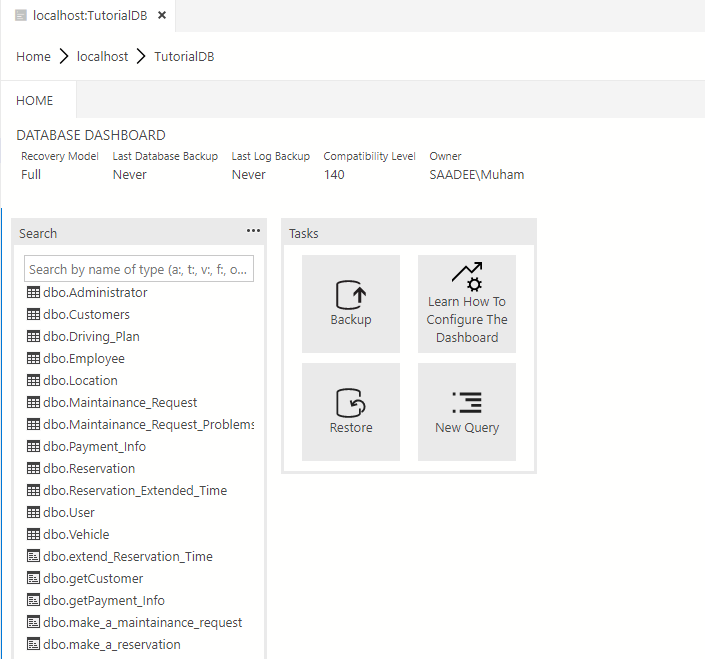

If the file does not exist, a new file called "cmd.txt" will be created in the specified location. If the file "cmd.txt" exists, then the contents of SQL Buffer are appended to "cmd.txt".

Select count(*) from dbo.employees :$ sqlbuffer -s "c:\temp\cmd.txt" For example, to save the SQL Buffer to a file called "cmd.txt", you can do the following: :$ sqlbuffer -p To dump the contents of SQL Buffer to an external, you may execute sqlbuffer -s from FluidShell. (For the sake of this example "cmd.txt" contains only one SQL command.)ĥ. For example, to load SQL commands from a file called "cmd.txt" you can do the following: :$ sqlbuffer -p To load content from an external file into the SQL Buffer, you may execute sqlbuffer -l from FluidShell. This will open the SQL Buffer command window (as shown in the image below) and allow you to edit the contents directly.Ĥ. To edit the contents of SQL Buffer, execute sqlbuffer -e from FluidShell. To dump the contents of SQL Buffer to standard output, execute sqlbuffer -p from FluidShell.ģ. To clear the contents of SQL Buffer, execute sqlbuffer -c from FluidShell.Ģ. This command comes with a number of useful options, including:ġ. The number next to the SQL Buffer icon represents the number of lines stored in the buffer.įluidShell also provides a command sqlbuffer to manipulate the SQL Buffer. You can bring up an editor to view, modify and execute the contents of the SQL Buffer by clicking the " SQL Buffer" icon in the FluidShell UI (see red box in image below). To execute a SQL command, type go on a separate line and press enter. The command remains in the buffer until it's executed. The SQL Buffer stores the most recently entered SQL command (but not FluidShell commands).

This index represents the current position of the SQL Buffer.Įach instance of FluidShell has its own SQL Buffer. If you would direct your attention to the $ prompt, you would notice that it has an index which increments once per statement.įor instance, here it has incremented three times $:1 select count(*) Note: Both these delimiters are individually controlled by CLI_SHELL_LINE_INTERPRETER_IS_AT_SIGN_GO and CLI_SHELL_LINE_INTERPRETER_IS_FORWARDSLASH_GO CLI options, respectively. For example: $:1 select count(*) from record(s) selected Ĭol_id col_datetime2 col_datetimeoffset col_time You can also directly execute SQL statements without the need for writing " go" by appending a " /" or " at the end of each statement. For instance: $:1 select count(*)ġ0 record(s) selected If the FluidShell has been opened in " shell" mode (see CLI for more details), then SQL command(s) need to be prefixed with a " ". Note: You need to type go on a separate line for executing the SQL command. įor sake of clarity, longer SQL statements can be broken down into smaller statements and then executed by typing go on a separate line. FluidShell provides a powerful and unique feature which allows execution of SQL statements directly from within a single shell window $:1 select count(*) from dbo.categories ġ record(s) selected


 0 kommentar(er)
0 kommentar(er)
